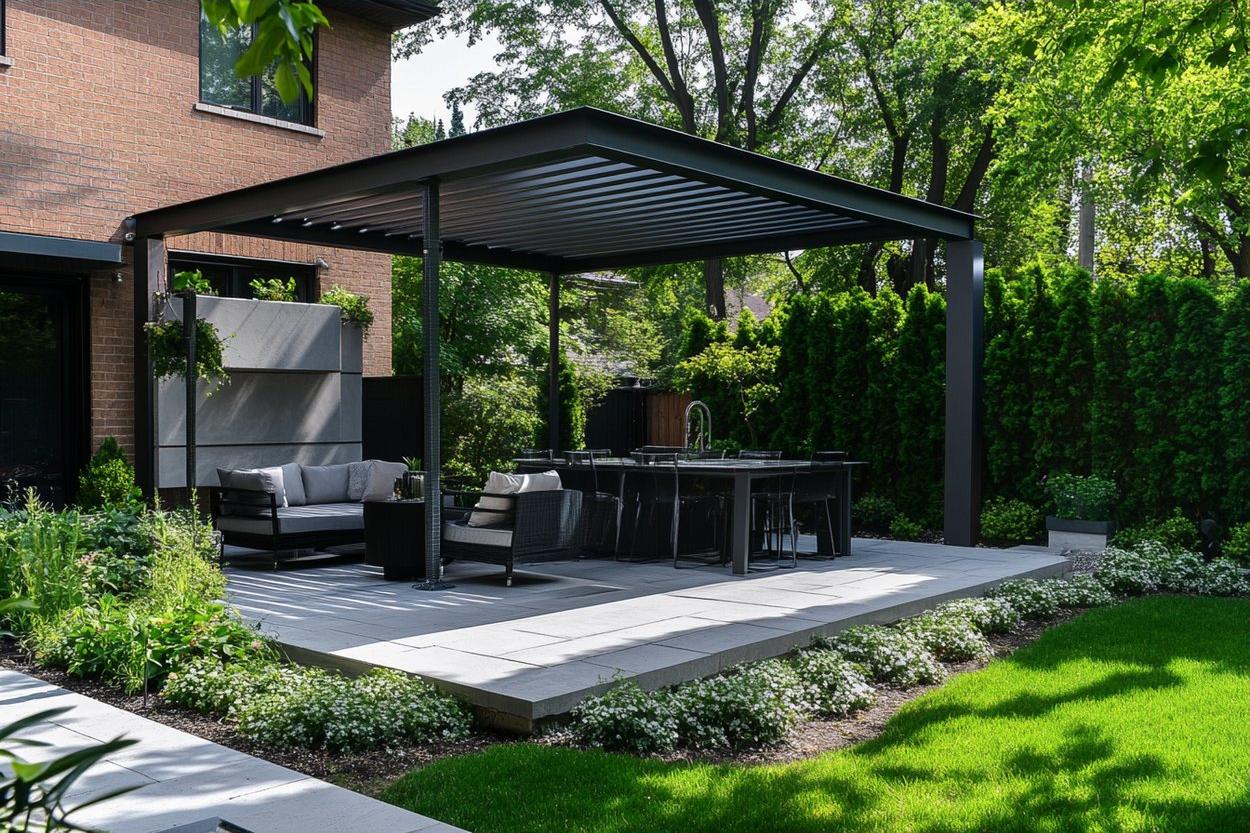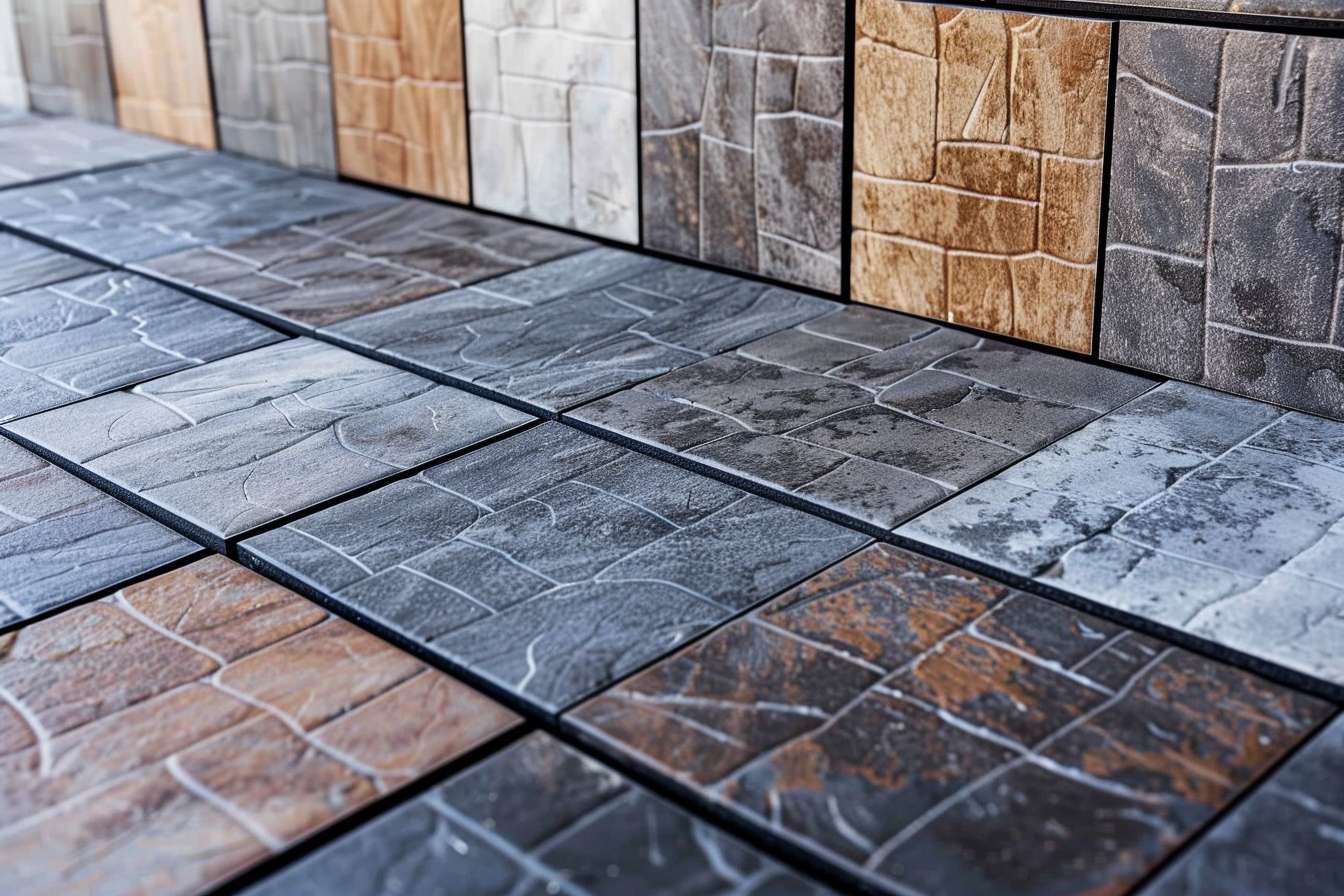Why Composite Decking Boards Are Gaining Popularity Outdoors
More homeowners are turning to composite decking for its mix of durability and design appeal. With minimal upkeep and resistance to weathering, these boards are changing the way outdoor spaces are built. Explore the features that make composite decking a smart, long-lasting choice.

The Durability Advantage of Composite Decking
Composite decking boards outperform traditional wood in several key durability metrics that make them particularly appealing for outdoor installations. Unlike natural wood, which can splinter, warp, and fade relatively quickly when exposed to the elements, composite materials are engineered specifically to withstand harsh weather conditions. Most quality composite boards resist moisture absorption, preventing the swelling and contraction cycles that damage wood decking over time. This resistance to water also translates into superior protection against mold and mildew growth, common problems with traditional wood decks that can compromise structural integrity and appearance.
Additionally, composite materials don’t require the annual maintenance rituals that wood demands. While wood decks typically need sanding, staining, and sealing every 1-3 years, composite decking generally maintains its appearance with simple cleaning. This reduced maintenance schedule represents significant time and cost savings over the lifespan of the deck, which can extend 25-30 years for quality composite products—often double the useful life of a traditional wood deck.
Environmental Considerations Making Composite a Smart Choice
More homeowners are turning to composite decking for its mix of durability and design, but environmental factors also play a significant role in its growing popularity. Many composite decking products incorporate recycled materials in their construction, with some manufacturers using up to 95% recycled content, including post-consumer plastic waste and reclaimed wood fibers. This recycled content represents a double environmental benefit: diverting waste from landfills while reducing demand for new timber harvesting.
The longevity of composite decking further enhances its environmental profile. Because these boards last significantly longer than wood alternatives, they reduce the resource consumption associated with frequent replacements. Additionally, composite decking eliminates the need for chemical treatments, stains, and sealers that can leach potentially harmful compounds into the surrounding soil and water systems over time.
Aesthetic Versatility and Design Options
These boards are changing the way outdoor spaces are built by offering unprecedented aesthetic versatility. Unlike wood, which is limited to natural timber tones and grain patterns, composite decking is available in an extensive range of colors, textures, and finishes. Manufacturers now produce boards that convincingly mimic exotic hardwoods like ipe or teak—woods that would be prohibitively expensive or environmentally questionable to harvest for widespread decking use.
Beyond color options, composite decking allows for design innovations that would be difficult with traditional materials. Hidden fastening systems create clean, seamless surfaces without visible screws. Boards can be heated and bent to create curved elements that would require complex carpentry with wood. Some advanced composite systems even integrate lighting elements directly into the boards or accompanying railings, enhancing both the functionality and ambiance of outdoor spaces.
Long-term Cost Effectiveness of Composite Materials
While the initial investment in composite decking typically exceeds that of pressure-treated lumber, the long-term economics often favor composite materials. The average composite deck costs between $20-$38 per square foot installed, compared to $15-$25 for pressure-treated wood. However, this price differential narrows significantly when considering maintenance costs over time.
Wood decks require regular expenditures for cleaning supplies, stains, sealants, and often professional maintenance services. Over a 10-year period, maintenance costs for a wood deck can add $5,000-$8,000 to the initial investment, while composite decking might require only $200-$400 in basic cleaning supplies during the same timeframe. Additionally, the longer lifespan of composite materials means replacement costs are deferred much further into the future.
| Decking Material | Average Initial Cost (per sq ft installed) | Estimated Maintenance Cost (10 years) | Expected Lifespan |
|---|---|---|---|
| Pressure-Treated Wood | $15-$25 | $5,000-$8,000 | 10-15 years |
| Cedar/Redwood | $25-$30 | $3,000-$6,000 | 15-20 years |
| Composite | $20-$38 | $200-$400 | 25-30+ years |
| PVC/Vinyl | $30-$45 | $100-$300 | 25-30+ years |
| Tropical Hardwood | $25-$40 | $3,500-$5,000 | 25+ years |
Prices, rates, or cost estimates mentioned in this article are based on the latest available information but may change over time. Independent research is advised before making financial decisions.
How Installation Practices Have Evolved for Composite Decking
The installation of composite decking requires specific techniques that differ from traditional wood deck construction, reflecting the material’s unique properties. Proper installation is crucial to maximize the performance advantages that make composite decking a smart choice for outdoor spaces. Most composite systems require slightly tighter joist spacing (typically 16 inches on center versus 24 inches for some wood applications) to prevent sagging over time. Expansion gaps between boards and at perimeter edges must be precisely calculated based on the local climate and temperature fluctuations.
Modern composite decking systems often feature specialized fastening methods that enhance both appearance and performance. Hidden fastener systems create clean deck surfaces without visible screw heads, while also allowing for the natural expansion and contraction of the composite material. Some manufacturers have developed proprietary clip systems that significantly speed up installation time compared to traditional face-screwing methods used with wood decking.
The Future of Outdoor Living with Composite Materials
The trajectory of composite decking technology suggests continued innovation in both performance and design possibilities. Newer generation composites are addressing historical concerns about heat retention by incorporating reflective pigments and structural modifications that reduce surface temperatures on hot, sunny days. Manufacturers are also exploring ways to further lighten the weight of boards while maintaining structural integrity, making installation easier and potentially reducing transportation-related carbon footprints.
As outdoor living spaces increasingly become extensions of interior design aesthetics, composite decking’s ability to mimic interior flooring materials creates cohesive transitions between indoor and outdoor environments. This convergence of interior comfort with outdoor durability represents a fundamental shift in how homeowners conceptualize and utilize their entire living space, positioning composite decking as an integral part of contemporary home design rather than merely a functional exterior element.




